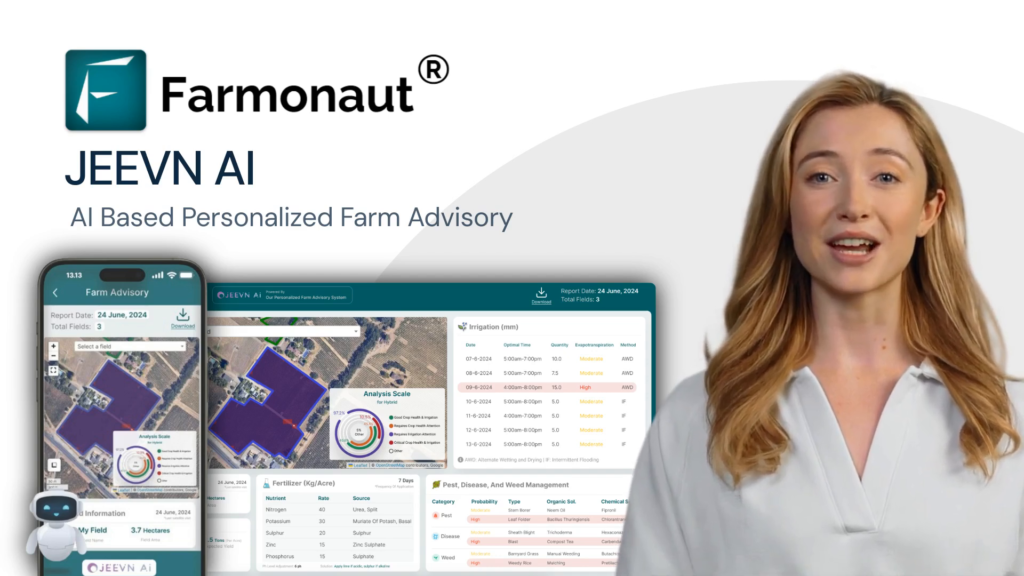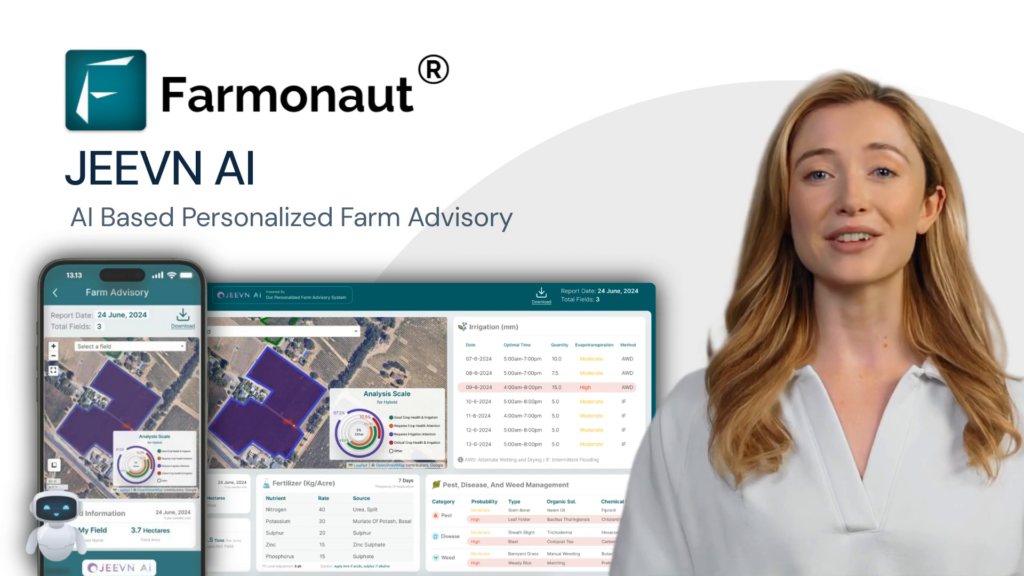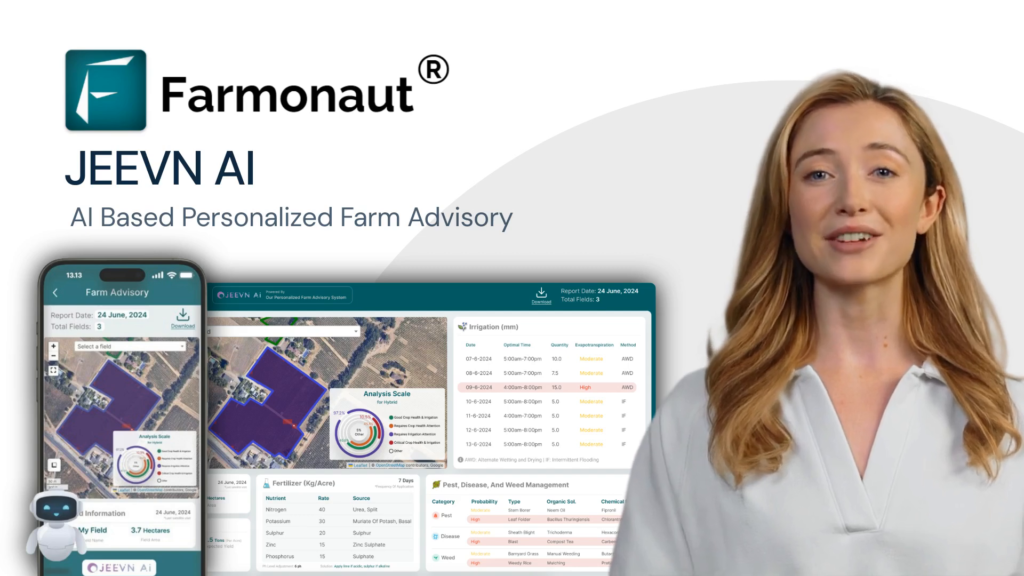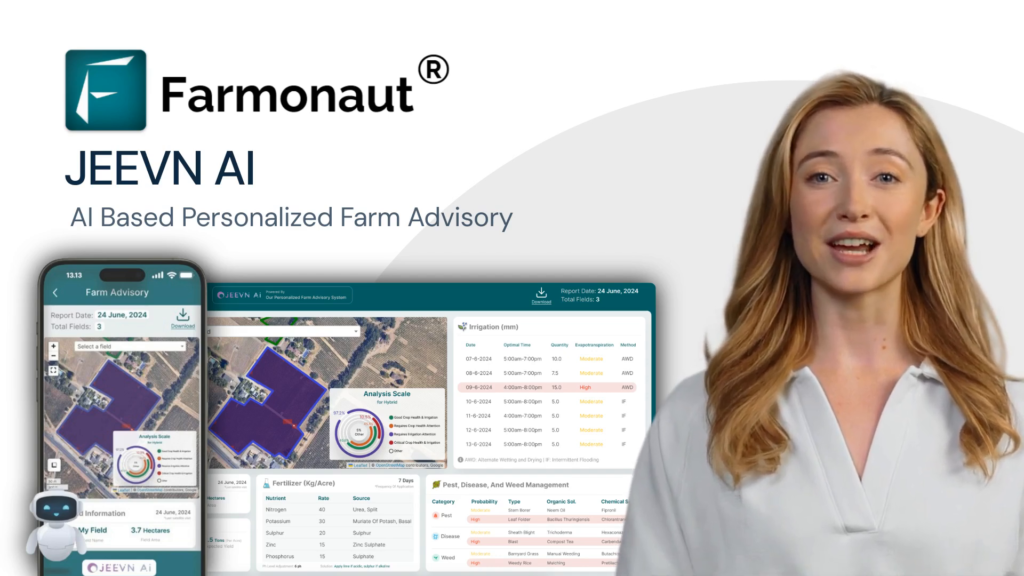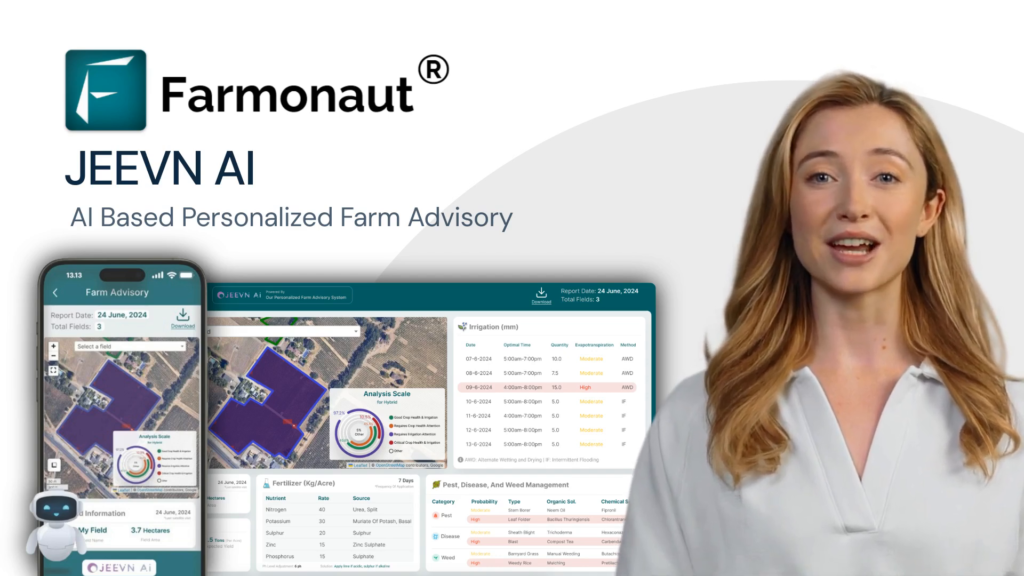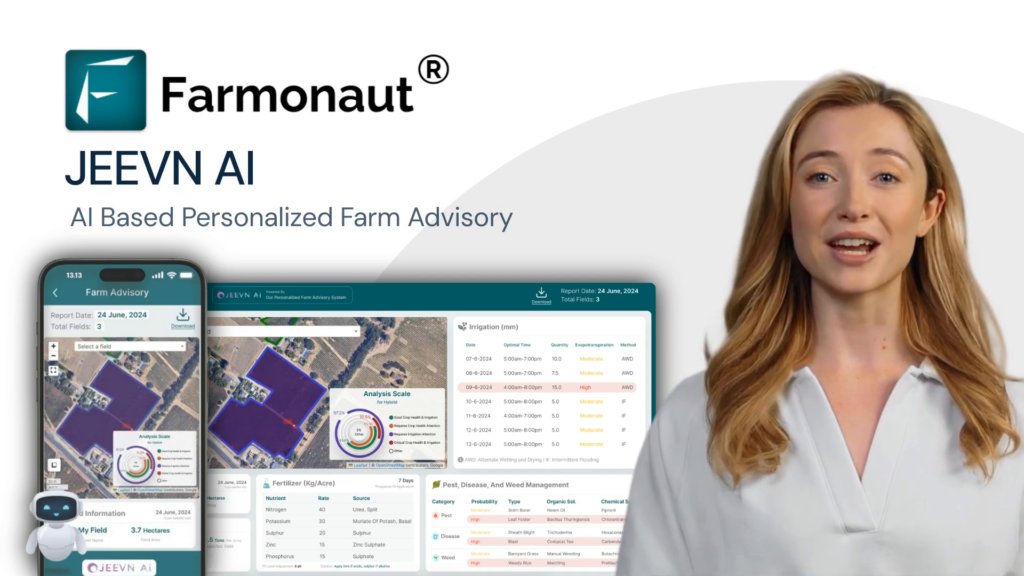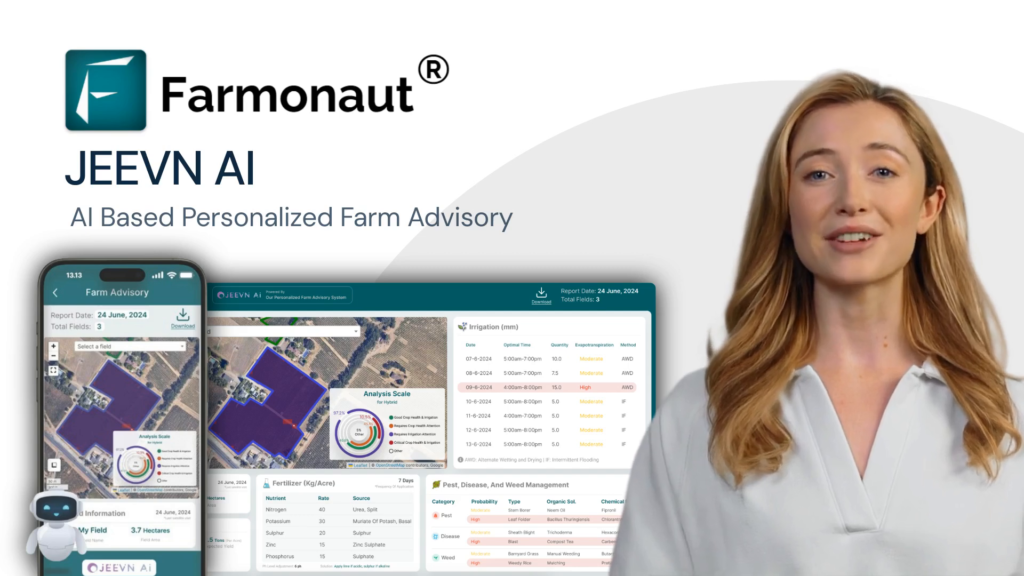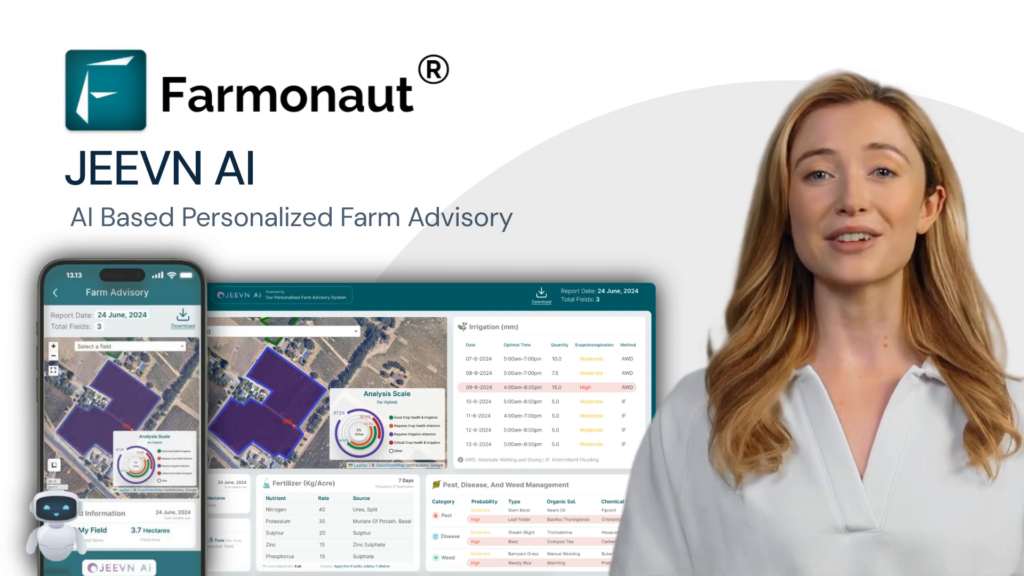Revolutionary Algae-Based Wastewater Treatment Facility in Pasco Transforms Process Water into Sustainable Agriculture Solutions
“Pasco’s wastewater facility reuses 1.6 billion gallons of process water annually, equivalent to 2,424 Olympic-sized swimming pools.”
Welcome to our comprehensive exploration of Pasco’s groundbreaking wastewater treatment facility, a marvel of modern engineering that’s reshaping the landscape of sustainable agriculture and resource recovery. In this blog post, we’ll delve into the intricacies of this revolutionary project, examining how it’s transforming the way we think about water management, renewable energy, and crop production.
The Dawn of a New Era in Wastewater Treatment
The city of Pasco, Washington, has taken a giant leap forward in sustainable water management with the grand opening of its Process Water Reuse Facility. This state-of-the-art wastewater treatment facility is not just another infrastructure project; it’s a paradigm shift in how we approach resource recovery and environmental stewardship.
At the heart of this innovation lies the world’s largest algae-based water treatment system, capable of reusing an astounding 1.6 billion gallons of process water annually. This feat alone places Pasco at the forefront of water conservation efforts globally.
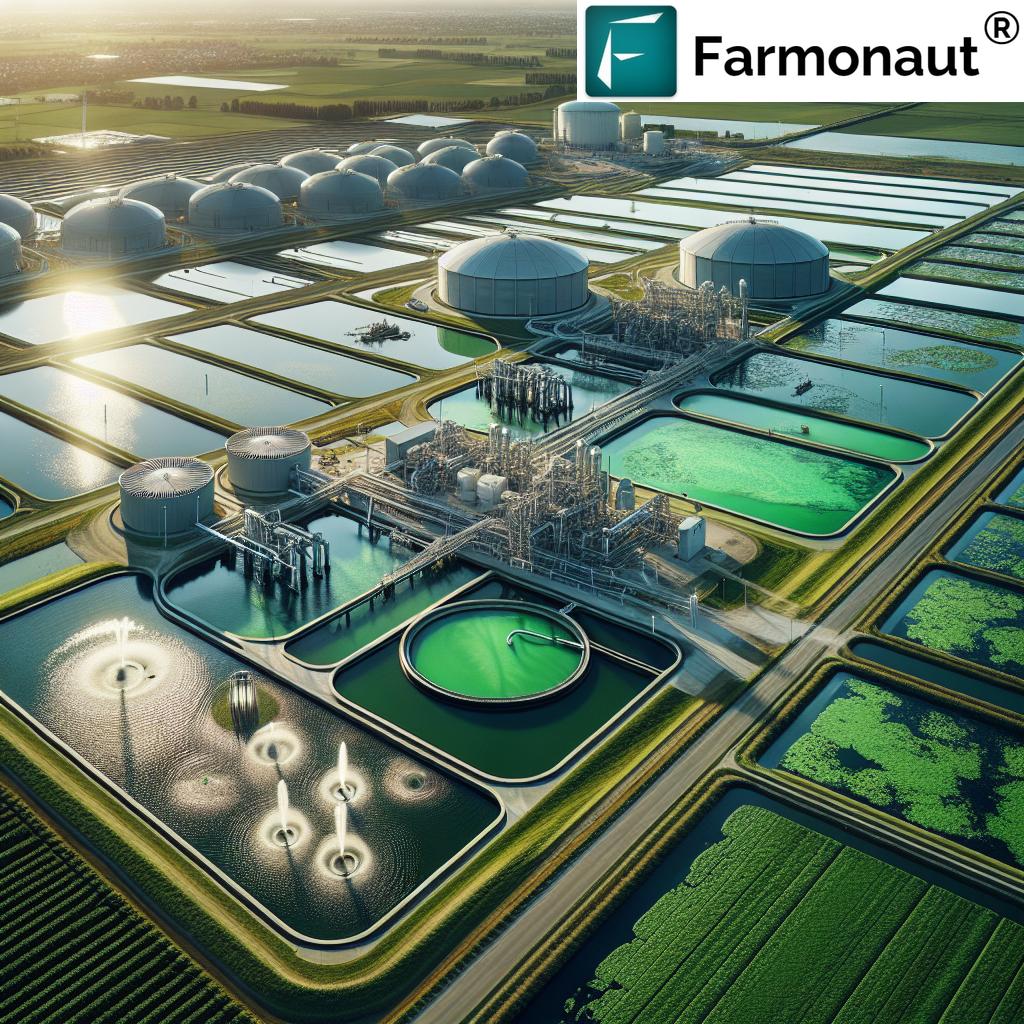
The Technology Behind the Revolution
The Pasco Resource Recovery Center is a testament to the power of innovative technologies in solving complex environmental challenges. Let’s break down the key components that make this facility a game-changer:
- Anaerobic Digesters: These biological reactors break down organic matter in the absence of oxygen, producing biogas as a valuable byproduct.
- Algae-Based Nitrogen Removal: A cutting-edge system that uses algae to naturally remove excess nitrogen from wastewater, preparing it for safe agricultural use.
- Advanced Filtration Systems: Ensuring that the treated water meets the highest standards for irrigation and other agricultural applications.
The synergy between these technologies results in a closed-loop system that maximizes resource recovery while minimizing environmental impact.
Transforming Waste into Valuable Resources
One of the most exciting aspects of the Pasco facility is its ability to transform what was once considered waste into a range of valuable products:
- Renewable Natural Gas (RNG): The anaerobic digesters produce biogas, which is upgraded to RNG, a clean energy source that can power homes and vehicles.
- Clean Water for Irrigation: The treated water, now free from excess nutrients and contaminants, provides a reliable source of irrigation for local farms.
- Organic Nutrients: The process recovers organic nutrients from the wastewater, which can be used as natural fertilizers, reducing the need for synthetic alternatives.
This multi-faceted approach to resource recovery exemplifies the principles of a circular economy, where waste is minimized, and resources are used to their fullest potential.
The Impact on Local Agriculture
The Pasco Resource Recovery Center is not just an environmental win; it’s a boon for local agriculture. By providing clean water and organic nutrients, the facility is helping farmers in several ways:
- Reducing reliance on synthetic fertilizers, which can be costly and environmentally damaging
- Ensuring a stable water supply for irrigation, even in drought conditions
- Promoting sustainable farming practices that align with consumer demand for eco-friendly products
This support for local agriculture strengthens the regional economy and food security, creating a ripple effect of benefits throughout the community.
A Model of Sustainable Financing
One of the most impressive aspects of the Pasco project is its financing model. Despite the $180 million price tag, local taxpayers won’t bear the burden. Instead, the costs are covered through processor fee rates, demonstrating that large-scale environmental projects can be economically viable without placing undue stress on public finances.
“The $180 million algae-based treatment system in Pasco is the world’s largest, transforming wastewater into valuable agricultural resources.”
This innovative funding approach could serve as a model for other municipalities looking to invest in sustainable infrastructure.
The Role of Technology in Modern Agriculture
While the Pasco facility represents a significant advancement in wastewater treatment and resource recovery, it’s part of a broader trend of technological innovation in agriculture. Companies like Farmonaut are at the forefront of this revolution, offering cutting-edge solutions that complement and enhance the benefits of projects like the Pasco Resource Recovery Center.
Farmonaut’s satellite-based farm management solutions provide farmers with real-time insights into crop health, soil moisture levels, and other critical metrics. This data-driven approach to agriculture aligns perfectly with the goals of the Pasco facility, enabling farmers to make the most efficient use of the clean water and organic nutrients provided.
By integrating advanced technologies like those offered by Farmonaut with innovative infrastructure projects like the Pasco facility, we’re creating a new paradigm for sustainable agriculture that benefits farmers, communities, and the environment.
Comparing Traditional and Algae-Based Wastewater Treatment
To fully appreciate the innovation of the Pasco facility, it’s helpful to compare it with traditional wastewater treatment methods. The following table highlights the key differences:
| Aspect | Traditional Wastewater Treatment | Pasco’s Algae-Based System |
|---|---|---|
| Annual Water Processing Capacity | Varies, typically less than 1 billion gallons | 1.6 billion gallons |
| Byproducts Generated | Treated water, sludge | Clean water, renewable natural gas, organic nutrients |
| Energy Efficiency | Low to Moderate | High |
| Environmental Impact | Moderate | Low |
| Cost-effectiveness | Moderate | High |
| Benefits to Agriculture | Limited | Significant (clean water, organic nutrients) |
As we can see, the Pasco facility outperforms traditional methods across several key metrics, particularly in its ability to generate valuable byproducts and support local agriculture.
The Environmental Impact
The environmental benefits of the Pasco Resource Recovery Center cannot be overstated. By reusing 1.6 billion gallons of water annually, the facility significantly reduces the strain on local water resources. Moreover, the production of renewable natural gas and organic nutrients helps to decrease reliance on fossil fuels and synthetic fertilizers, respectively.
Some key environmental impacts include:
- Reduced greenhouse gas emissions through RNG production
- Decreased water pollution from agricultural runoff
- Conservation of natural water sources
- Promotion of sustainable farming practices
These environmental benefits align perfectly with global efforts to combat climate change and promote sustainable development.
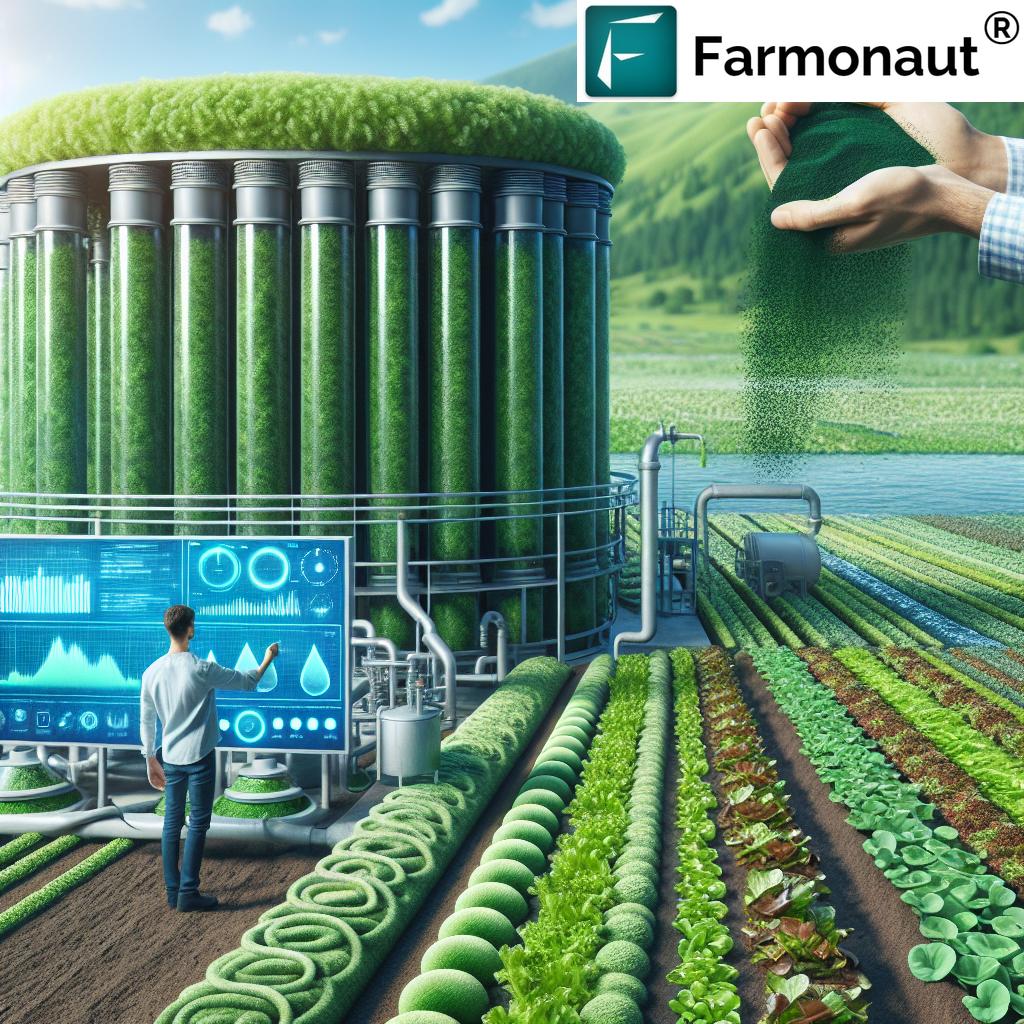
The Future of Wastewater Treatment and Sustainable Agriculture
The Pasco Resource Recovery Center represents more than just a local success story; it’s a glimpse into the future of wastewater treatment and sustainable agriculture. As climate change and water scarcity become increasingly pressing issues, facilities like this will likely become more common around the world.
We can expect to see:
- Increased integration of wastewater treatment with renewable energy production
- More widespread adoption of algae-based and other biological treatment methods
- Greater emphasis on resource recovery in wastewater treatment processes
- Closer collaboration between wastewater treatment facilities and agricultural sectors
These trends point towards a future where waste is increasingly viewed as a resource, and where the lines between different sectors of the economy become blurred in pursuit of greater sustainability.
The Role of Technology in Sustainable Agriculture
As we look to the future of sustainable agriculture, it’s clear that technology will play a crucial role. Companies like Farmonaut are leading the charge in this area, providing farmers with the tools they need to maximize efficiency and minimize environmental impact.
Farmonaut’s satellite-based crop health monitoring and AI-driven advisory systems complement the work being done at facilities like the Pasco Resource Recovery Center. By providing farmers with real-time data on crop health, soil moisture, and other critical factors, Farmonaut enables more precise use of resources like water and nutrients.
This synergy between advanced wastewater treatment and precision agriculture technologies points to a future where farming is more sustainable, more productive, and more resilient to environmental challenges.
Challenges and Opportunities
While the Pasco facility represents a significant step forward, it’s important to acknowledge that challenges remain in the widespread adoption of such technologies. Some of these challenges include:
- High initial investment costs
- Regulatory hurdles in some regions
- The need for specialized expertise to operate and maintain these systems
- Public perception and education about the safety of reused water
However, these challenges also present opportunities for innovation, job creation, and policy development. As more facilities like the one in Pasco prove their worth, we can expect to see increased investment and support for similar projects around the world.
Conclusion: A Model for the Future
The Pasco Resource Recovery Center stands as a shining example of what’s possible when innovative technology, sustainable thinking, and community support come together. By transforming wastewater into valuable resources, this facility is not just solving local challenges; it’s providing a model for communities around the world to follow.
As we face growing environmental challenges, projects like this offer hope and a practical path forward. They demonstrate that with the right approach, we can turn our waste into wealth, support local agriculture, and build a more sustainable future for all.
The revolution in wastewater treatment and sustainable agriculture is just beginning, and facilities like the one in Pasco are leading the way. As we continue to innovate and implement these technologies, we move closer to a world where resource scarcity is a thing of the past, and where agriculture works in harmony with the environment.
FAQs
- Q: How does the algae-based system remove nitrogen from wastewater?
A: The algae naturally consume nitrogen as part of their growth process, effectively removing it from the water. - Q: Is the treated water safe for agricultural use?
A: Yes, the water undergoes rigorous treatment and testing to ensure it meets all safety standards for agricultural use. - Q: How does this facility benefit local farmers?
A: It provides clean water for irrigation and organic nutrients, reducing reliance on synthetic fertilizers and ensuring a stable water supply. - Q: What happens to the algae after it’s used in the treatment process?
A: The algae can be used as a source of biomass for energy production or as an organic fertilizer. - Q: How does this facility compare to traditional wastewater treatment plants in terms of energy use?
A: The Pasco facility is generally more energy-efficient due to its use of natural processes and its ability to generate renewable energy.
Earn With Farmonaut: Affiliate Program
Earn 20% recurring commission with Farmonaut’s affiliate program by sharing your promo code and helping farmers save 10%. Onboard 10 Elite farmers monthly to earn a minimum of $148,000 annually—start now and grow your income!
For more information on how satellite technology is revolutionizing agriculture, visit Farmonaut’s API or check out their API Developer Docs.





